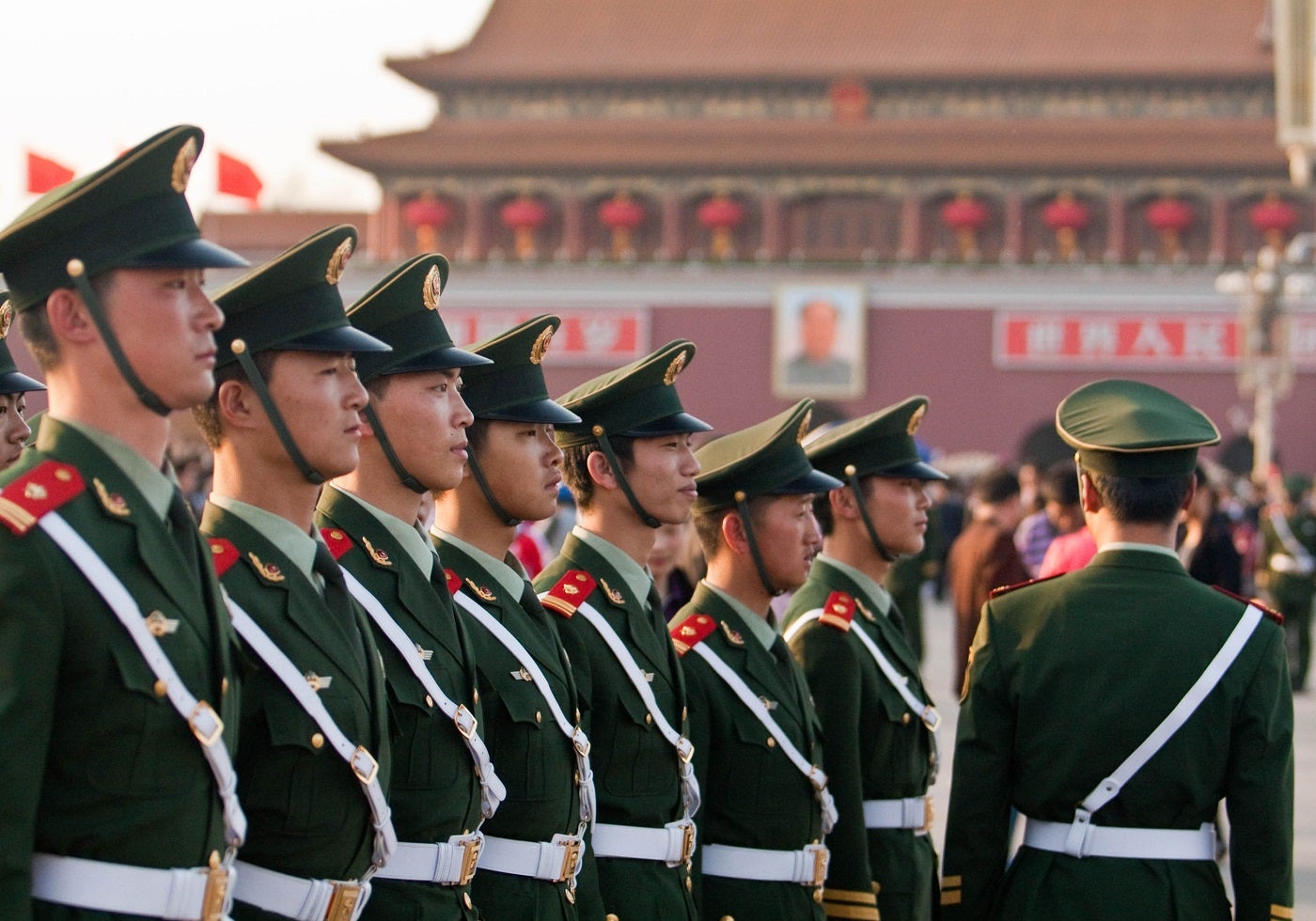
The Department of Defense released its annual report on “Military and Security Developments Involving the People’s Republic of China.”
This report highlights growing concerns over the aggressive actions of the People’s Liberation Army (PLA) and its deepening ties with Russia, pointing to a worrying trend that demands global attention.
China’s military expansion unveiled
This congressionally mandated report serves as a barometer of the evolving landscape of China’s military capabilities and strategic ambitions.
In 2022, the Chinese Communist Party (CCP) expanded on its calls to prepare for an increasingly turbulent international climate. In this context, the PRC’s stated defence policy remained oriented toward safeguarding its sovereignty, security, and development interests while emphasising a more significant global role for itself, as outlined in the 2023 China Military Power Report.
This year’s report paints a picture of the People’s Liberation Army’s accelerating growth and shifting role in China’s global strategies. The report dives into China’s national strategy within a changing global landscape and dissects the Chinese Communist Party’s strategic objectives that drive their defence policies and military plans.
One essential part of this defence policy is the PRC’s counter-intervention strategy, which aims to restrict US presence in the East and South China Sea regions and limit US access in the broader Indo-Pacific area. At the same time, the PRC is strengthening its capabilities to reach farther into the Pacific Ocean and beyond.
Escalating regional tensions
One of the most striking revelations within the report is the increasing reliance of the People’s Republic of China on the PLA as an instrument of statecraft. Throughout 2022, the PLA initiated a series of coercive actions in the Indo-Pacific region, raising eyebrows in international circles.
These PLA coercive and risky operational activities targeting foreign aircraft and maritime vessels throughout 2022 included lasing, reckless manoeuvres, close approaches in the air or at sea, high rates of closure, discharging chaff or flares near aircraft, and ballistic missile overflights of Taiwan.
China’s recent aggressive military actions in the Indo-Pacific, driven by its ‘One China’ policy and territorial dominance aspirations, have raised concerns about escalating regional tensions. The US has recently accused China of conducting a centralised campaign of harassment against US and allied aircraft in international airspace.
Notably, these actions coincided with the rapid development of the PLA’s nuclear, space, and cyberspace capabilities, further complicating the already intricate web of global security.
The main point of contention is whether China’s defence strategy and military build-up is evidence of hegemonic ambition or a strategy to protect national sovereignty by countering US influence in the region, yet another avenue of great power competition, according to GlobalData’s “China Defense Market 2023-2028” report.
Additionally, the report underscores the PLA’s deepening military ties with Russia, emphasising the potential for an alliance that could reshape the geopolitical landscape. This partnership bolsters China’s ability to project power not only in the Indo-Pacific region but on a global scale.
Xi Jinping’s modernisation commitment
Xi Jinping reaffirmed in 2022 his commitment to the PLA’s 2027 capability milestone for modernisation, which, if realised, could give the PLA the capacity to be a more credible military tool for the CCP’s Taiwan unification efforts.
One concerning aspect outlined in the report is the PRC’s decision to deny, cancel, and ignore multiple bilateral defence engagements with the Department of Defense and requests for military-to-military communication at various levels. This disconnect in communication has sparked concerns about the potential for misunderstandings and escalations in the future.
The DoD’s report shows the need to address the challenges presented by China’s increasingly capable military. The US DoD estimates that the PRC possessed more than 500 operational nuclear warheads as of May 2023, on track to exceed previous projections. The DoD estimates the PRC will have over 1,000 active nuclear warheads by 2030.
The PRC may explore developing conventionally-armed intercontinental-range missile systems that would allow the PRC to threaten conventional strikes against targets in the continental United States.
The PRC continued its development of military capabilities in space and cyberspace under the PLA’s Space Systems Department, sometimes referred to as the Aerospace Force, and Network Systems Department, sometimes referred to as the Cyberspace Force.







